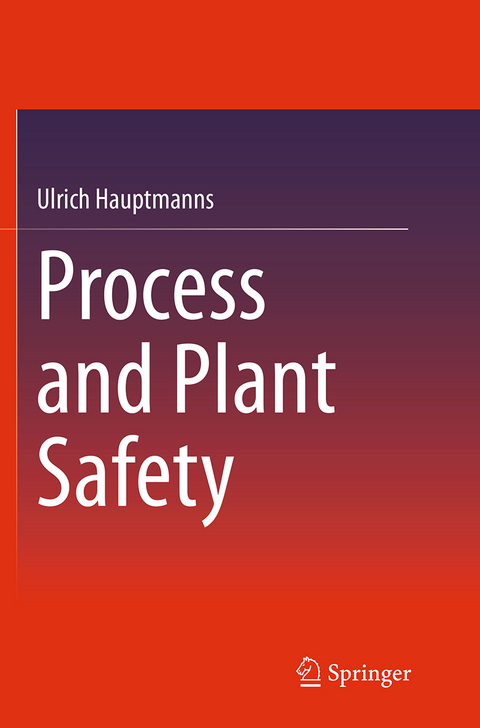
Process and Plant Safety
Springer Berlin (Verlag)
978-3-662-51322-4 (ISBN)
Accidents in technical installations are random events. Hence they cannot be totally avoided. Only the probability of their occurrence may be reduced and their consequences be mitigated. The book proceeds from hazards caused by materials and process conditions to indicating technical and organizational measures for achieving the objectives of reduction and mitigation. Qualitative methods for identifying weaknesses of design and increasing safety as well as models for assessing accident consequences are presented. The quantitative assessment of the effectiveness of safety measures is explained. The treatment of uncertainties plays a role there. They stem from the random character of the accident and from lacks of knowledge on some of the phenomena to be addressed. The reader is acquainted with the simulation of accidents, safety and risk analyses and learns how to judge the potential and limitations of mathematical modelling. Risk analysis is applied amongst others to "functional safety" and the determination of "appropriate distances" between industry and residential areas (land-use planning). This shows how it can be used as a basis for safety-relevant decisions. Numerous worked-out examples and case studies addressing real plants and situations deepen the understanding of the subjects treated and support self-study.
Target groups
Chemical and petrochemical industry, licensing authorities, testing and certification bodies, safety engineers, engineering , students of process, chemical and mechanical engineering as well as of industrial and engineering chemistry.
Ulrich Hauptmanns studied economics and nuclear engineering at the Universities of Berlin and Edinburgh. He obtained a doctor’s degree in nuclear reactor physics in Berlin and then worked as a safety analyst for the company constructing the German High Temperature Reactor THTR-300. After more than three years as visiting professor at the Department of Chemical Engineering of the University of Oviedo in Spain he joined the German government consultant for nuclear safety (GRS) in Cologne. His areas of work were engineering risks and probabilistic safety analyses for nuclear and process plants. Concurrently he taught at the Ruhr-University Bochum. In 1995 he was appointed to the chair of plant safety at the Otto-von-Guericke-University in Magdeburg, which he occupied until his retirement in 2011. During two years he acted as vice-chancellor of that University.
Hazardous materials and operating conditions.- Exothermic and pressure generating reactions-safe design and operation of plants.-Simulation of accidents.- Personal safety and personal protective equipment.- Protection of plants based on control.- Protection of equipment (end-of-the-pipe technology).- Plant systems analysis.- Modelling of accident consequences, risk analysis and valuation.- Functional safety.- Determination of appropriate distances.
| Erscheinungsdatum | 16.09.2016 |
|---|---|
| Zusatzinfo | XV, 665 p. 207 illus. |
| Verlagsort | Berlin |
| Sprache | englisch |
| Maße | 155 x 235 mm |
| Themenwelt | Naturwissenschaften ► Biologie ► Ökologie / Naturschutz |
| Naturwissenschaften ► Chemie ► Technische Chemie | |
| Naturwissenschaften ► Physik / Astronomie | |
| Technik ► Bauwesen | |
| Technik ► Maschinenbau | |
| Technik ► Umwelttechnik / Biotechnologie | |
| Schlagworte | Chemistry • End-of-the-pipe Safety Measures • Engineering • Engineering: general • Functional Safety • hazardous materials • Hazardous Process Conditions • Industrial Pollution Prevention • pollution control • Process Plant Control • Qualitative and Quantitative Safety and Risk Asses • Qualitative and Quantitative Safety and Risk Assessment • Quality Control, Reliability, Safety and Risk • Reliability Engineering • Safety in Chemistry, Dangerous Goods • Simulation of Process Plants |
| ISBN-10 | 3-662-51322-6 / 3662513226 |
| ISBN-13 | 978-3-662-51322-4 / 9783662513224 |
| Zustand | Neuware |
| Informationen gemäß Produktsicherheitsverordnung (GPSR) | |
| Haben Sie eine Frage zum Produkt? |
aus dem Bereich


